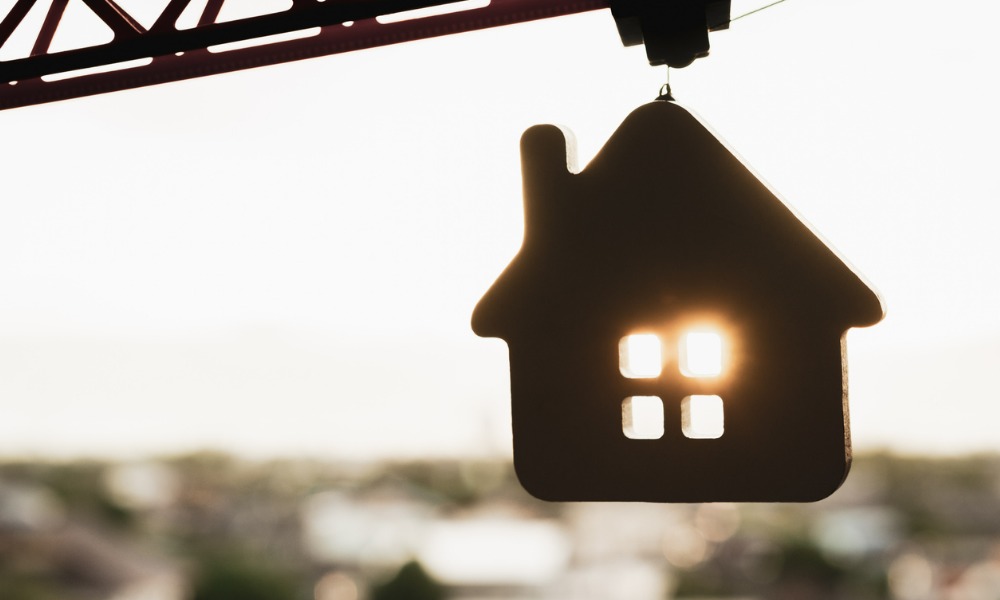Already-dire rental supply situation could worsen as rates rise, migration boosts demand

The head of the federal government’s housing agency has warned that Australia’s rental crisis is set to get even worse.
Nathan Dal Bon, chief executive of the National Housing Finance and Investment Corporation, said the housing shortfall could tighten worse than expected at the start of next year as interest rate hikes stifle new supply and an increase in overseas migration boosts demand, The Australian Financial Review reported.
Dal Bon said Monday that borrowing costs had risen faster than expected at the beginning of the year, which would reduce construction and lower the agency’s February prediction of 550,000 new homes over three years, while renewed immigration would raise the number of single-person households faster than expected.
“With supply expected to come off earlier than anticipated, coupled with stronger population growth, we could see a larger supply gap emerge over the next few years,” Dal Bon said in a speech to the Customer Owned Banking Association.
The rental crisis in Australia is already dire, with nationwide rental listings having plummeted to record lows. Those falls were spurred in part by landlords changing their properties over to the higher-yield short-term market, AFR reported. The lack of available long-term rentals has sent rents skyrocketing at the same time the pipeline of new apartments is shrinking.
Read next: Vacancy rate falls to 16-year low
In his speech, Dal Bon also revealed new data on the Home Guarantee Scheme, under which the federal government guarantees 15% (three-quarters) of a 20% deposit to qualifying first-home buyers, or 18% to qualifying single parents.
First-home buyers in Queensland and Western Australia took up more places in the scheme than buyers in any other state last year, AFR reported. New South Wales and Victoria, where higher property prices reduce the number of eligible homes under the program’s price caps, accounted for fewer guarantees than their populations would imply, as did South Australia, Tasmania, ACT and the Northern Territory.
The program is supporting more first-home buyers, AFR reported. Over the year to June, one in seven first-home buyers were assisted by the scheme, up from one in 10 a year earlier. It’s also helping more lower-income key workers, including teachers, nurses and social workers.
“Demand for the Home Guarantee Scheme has remained solid, although there have been some changes in overall take-up behaviour, with some softening in NSW and Victoria being offset by growth in Queensland and WA,” Dal Bon told AFR. “The Regional First Home Buyer Guarantee, which starts on Saturday, and the upcoming Help to Buy program will also provide support for the market.”



